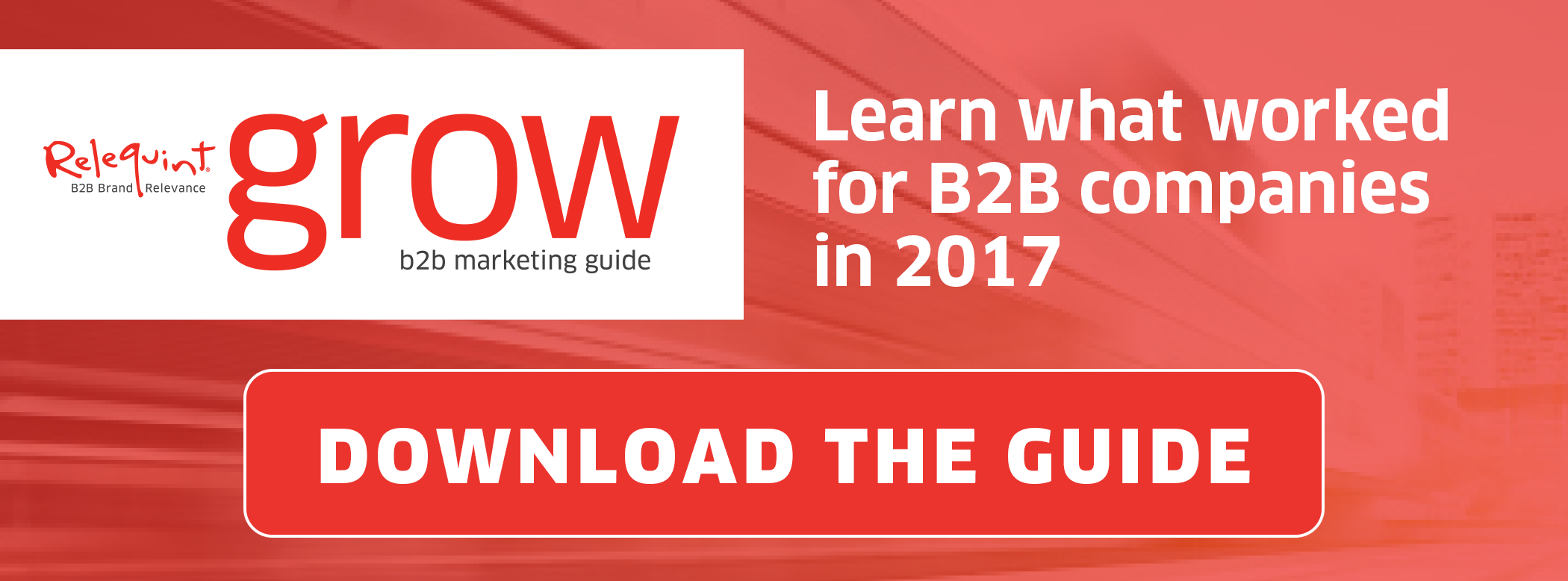 Although content marketing has become an increasingly important aspect of any successful SEO strategy, many companies still report struggles. According to the State of Inbound report, the top marketing challenge cited by marketers was generating leads and traffic for their organizations. Sixty percent of marketers reported this as one of their chief concerns. Although these companies used content marketing in their efforts to attract prospects, they struggled to bring in sales-qualified leads.
Although content marketing has become an increasingly important aspect of any successful SEO strategy, many companies still report struggles. According to the State of Inbound report, the top marketing challenge cited by marketers was generating leads and traffic for their organizations. Sixty percent of marketers reported this as one of their chief concerns. Although these companies used content marketing in their efforts to attract prospects, they struggled to bring in sales-qualified leads.
Unpacking your content marketing strategy to better understand where your SEO problems lie can seem overwhelming, but it doesn’t have to be. Identifying the problems with your SEO-optimized content strategy can be overwhelming, but it doesn’t have to be. Follow this outline to see where your problems might be occurring and how to fix them.
Identify potential problems with your buyer personas
Re-examine your target buyer personas and how well they align with the prospects you want to bring in. Are they accurate? How well did you identify their pain points? Are you providing them with helpful information that addresses their challenges and goals?
If your content has low click-through rates or high bounce rates, you likely are not creating content that effectively attracts the visitors that you want to convert into customers. Further research and redraft your buyer personas, speak with existing customers for insights about what they want to read, analyze successful competitor strategies, and begin to rebuild your content strategy.
Analyze the performance of your existing content
If the content you create attracts visits but lacks conversions, it can mean one or more of the following:
- You’re acquiring the wrong kind of traffic. Do further persona and keyword research to find out exactly what your prospects are searching for — it may not be what you think.
- You have no conversion funnel. Make sure your site includes multiple calls-to-action encouraging visitors to submit their contact information to take actions such as subscribing to your blog or downloading a whitepaper. Otherwise, they’ll leave — and leave you with little idea of who they are or whether they might make a purchase from you.
- Your offer isn’t compelling. Do you have lots of calls-to-action on your website, but no one’s taking advantage of your offers? They may not be what your buyer persona is looking for. Do further research on your buyer persona and their pain points, and make sure your content provides solutions to their problems.
- The conversion funnel is to complex for your visitors, or it’s not working properly. If your content or site navigation is confusing or if links just don’t work, your visitors won’t convert. Look for fixes that you can make in all of these areas.
- You have high bounce rates. People who only click through to your content and then leave the website demonstrate little interest in the rest of your business. This indicates that your content might be well-written and helpful, but that the visitors you attract are not the ones likely to actually make purchases. Examine your most successful keywords to determine which ones generate the most conversions, and do further research on your buyer personas.
Determine how well your content is draws leads to the next stage in the buyer’s journey
If your content is successful in bringing people to your website and encouraging them to visit the rest of your site, but you’re still not seeing considerable conversions, your problem may lie deeper in your funnel. Examine how well you draw people from one stage of the buyer’s journey to the next.
Look at how many people who were initially attracted to your website go on to sign up for newsletters as well as your return-visitor rate. This will provide you with insight into your ability to build relationships with your visitors. These people are those most likely to become sales-qualified leads.
The best way to optimize your sales funnel is to employ context marketing — delivering the right messages to the right person at the right time. Every visitor to your site is different and should receive a unique, personalized experience whenever they visit. Analyze their browsing and conversion history to determine where they are in the buyer’s journey.
Then, create content that fits your persona’s precise needs and lead them further down the sales funnel by using smart content, which lets you target content based on anything you know about your contacts. And if they’re on your email list, you can also customize the content you send to them.
Creating a strong content marketing and SEO strategy requires more that just developing endless pages of content. You must create it with a particular purpose in mind, fitting into a specific strategy to ensure that it engages people appropriately and encourages them to become customers. If your content hasn’t been bringing in the leads and customers you want to see, break down your funnel piece by piece using KPIs to better identify and then correct the problem. ![]()







 By
By 
